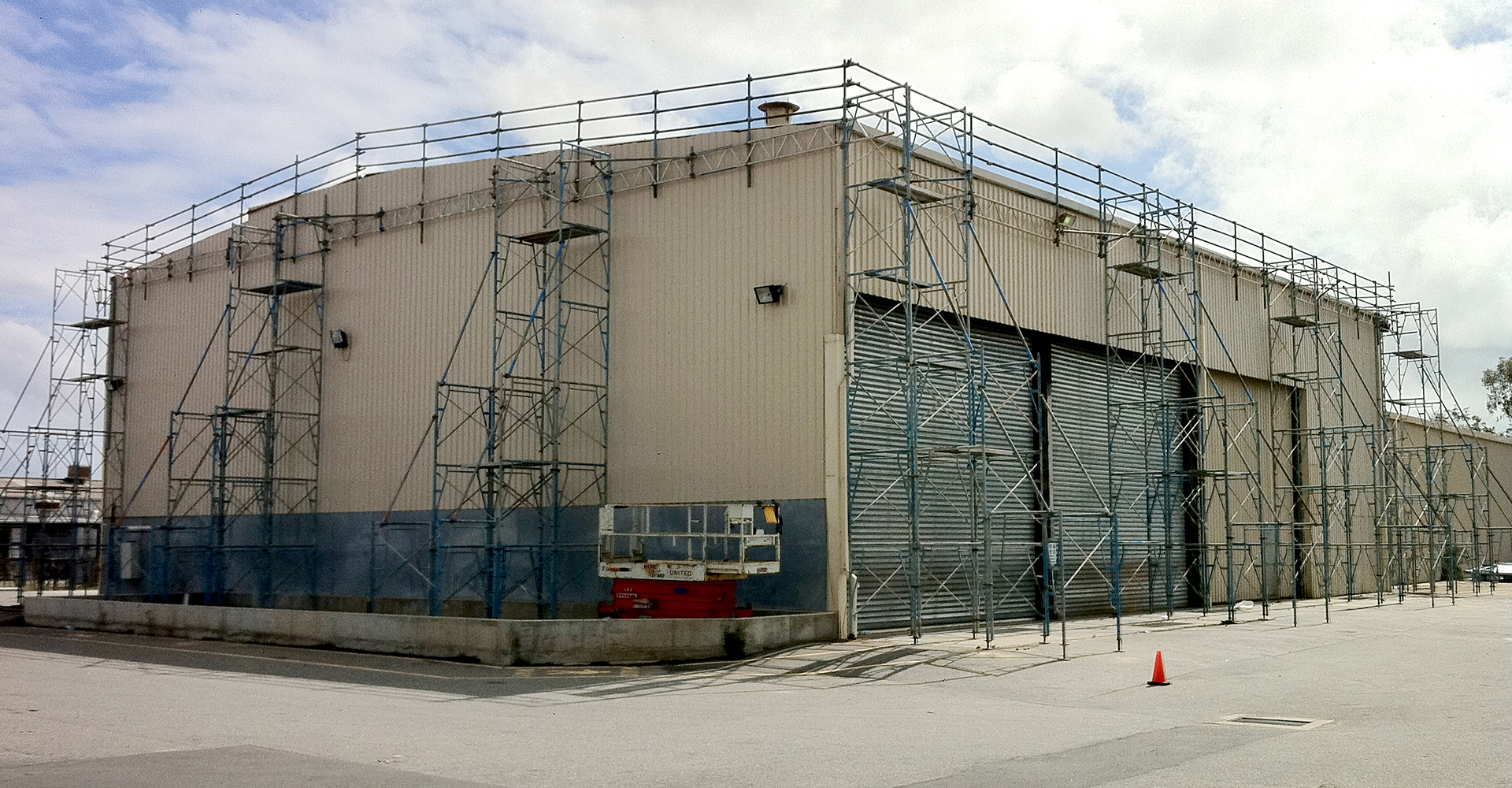In the swift-moving world of industrial construction, scaffolding serves as a key component that ensures job sites continue to be secure and efficient. As structures become taller and projects become more complex, understanding the intricacies of industrial scaffolding is essential for all workers engaged. From delivering support to facilitating simpler access for construction teams, the appropriate scaffolding system can make a significant difference in the outcome of any project.
Safety is of utmost importance in construction, and comprehensive training for workers is essential in navigating the various types of temporary structures and the associated dangers. By exploring the principles of industrial scaffolding, we can investigate its importance in modern construction, the types offered, and the importance of adhering to safety regulations. This article seeks to equip you with the information necessary to ensure that scaffolding is not only an advantage on your job site but also a symbol of compliance and safety in every aspect.
Understanding Industrial Scaffolding
Commercial scaffolding is a transient structure designed to hold up employees and materials during the construction, remodeling, or maintenance of structures. It functions as a essential instrument that allows entry to elevated locations, ensuring that employees can complete work safely and efficiently. Given the magnitude and complexity of commercial projects, support setups must be robust, flexible, and comply to safety standards. The significance of industrial scaffolding lies not only in enabling work at heights but additionally in enhancing overall worksite security.
There are different kinds of support structures used in business developments, including frame scaffolding, system scaffolding, and suspended scaffolding. Each kind offers distinct advantages depending on the exact needs of the project. Frame support is often used for its ease of setup and stability, while system support provides greater flexibility and adjustability to intricate structures. Hanging support, on the other hand, is favored in situations where work needs to be done on high buildings or intricate facades. Knowing these types is crucial for choosing the right scaffolding system that meets both the safety and operational needs.
Properly utilizing commercial scaffolding can significantly improve worksite safety and efficiency. Proper support not only provides a secure platform for employees but also helps prevent accidents related to falls. Additionally, it enables the neat organization of materials and equipment at height, minimizing the chance of dangers associated with disorganized workspaces. By allocating resources to top-notch support setups and educating employees on their operation, companies can guarantee adherence with safety regulations and establish a more secure employment setting for everyone involved in a project.
Safety Guidelines and Adherence
Following safety guidelines is vital for ensuring the protection of employees involved in commercial scaffolding projects. The OSHA sets forth detailed guidelines that regulate the use of scaffolding in construction environments. These rules include various aspects, including the structure, application, and maintenance of scaffolding systems. Complying with these guidelines not only safeguards workers from possible accidents but also guarantees that employers meet legal obligations, thereby avoiding substantial fines and legal problems.
One of the important elements of compliance is conducting frequent inspections and assessments of scaffolding structures. https://angerbeast1.werite.net/this-planning-stage-incorporating-support-structures-into-your-development includes evaluating the stability of the scaffolding system, checking for defects, and ensuring that the setup adheres to safety standards. Workers must be instructed to recognize potential risks and report any deficiencies immediately. Safety inspections should be conducted before each shift or whenever change in conditions that may affect the integrity of the scaffolding.
Furthermore, employers are responsible for appropriate training for their crews. This training should cover OSHA regulations, proper use of scaffolding tools, and emergency procedures. A well-trained workforce will notably minimize the likelihood of accidents and injuries on commercial sites. By prioritizing proper training and compliance measures, companies can create a more secure work environment, eventually leading to boosted productivity and a good reputation within the building sector.
Opting the Appropriate Scaffold Solutions
Picking the suitable scaffold for commercial projects is important for maintaining security and productivity. Diverse jobs have specific requirements based on their magnitude, objective, and environment. For case in point, a multi-story structure might necessitate specialized scaffold systems that can hold heavier loads and provide greater strength at altitudes. Comprehending the particular needs of your job will guide you in choosing between alternatives like modular scaffold, which offers adaptability, or conventional pipe and connection systems, which can be tailored for various applications.
A further important aspect is the elements used in scaffold. Aluminum scaffold is often favored for its light quality and ease of setup, making it suitable for projects where mobility and rapid setup are important. On the other hand, metal scaffold may be more appropriate for industrial uses due to its sturdiness and longevity. Assessing the project elements, such as weight capacity capacity and site settings, will aid you make an informed decision that most meets your operational requirements.
Lastly, it is essential to think about the management of scaffold setup and handling. Good planning involves evaluating location access, ensuring load-bearing capabilities, and scheduling installation to lessen disruption on busy construction locations. Working with experienced scaffolding professionals can provide important guidance and customized solutions that boost productivity while adhering to regulatory regulations. A thoroughly planned scaffolding solution not only aids construction activities but also adds significantly to the complete security and efficiency of the task.

